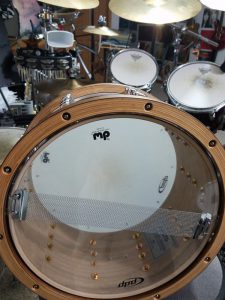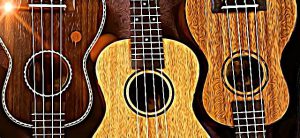It shouldn’t have happened. It should never happen. But it does.
Tho’ it’s not a pleasant topic to discuss for those of us that appreciate, respect and take great care of our music gear, occasionally the unthinkable happens and we are parted from our dear investments.
For me, such a separation occurred in my early 30s. In a groovin’ corner of my brain, a tone-rad’ 1962 Fender Stratocaster is still wailing out, so much so that I still almost look for it at times in my studio when I’m wanting that… certain… sound.
There’s never been anything like it, and I doubt there ever will be. It was, by design, unique; a one-of-a-kind; a singular reflection of my tonal aspirations that has never been equaled.
Why? How did we get separated?? Well, that takes a little ‘splainin’…
Come & Listen to a Story ’bout a Man named… Teaj

When I was 19 I moved to L.A. It was sudden, it was starry-eyed, and, to many, it was stupid.
I’d finished my first year of college in Indiana, and I’d started and finished another sophomore year first semester in Michigan. In fact, I had a full ride scholarship because of my vocal abilities at the local college, which is why some thought I was “mucho loco” to walk away from that.
But I had heard the call and there was no going back: my 1st year college roommate in the Valley called to tell me there were a couple job openings at a local record company. He also threw in that if I lived there for one year I’d become a resident and my college cost would be, for 12 credits, less than $500 a semester.

DOH!! I had paid the previous year almost four times that!! Where’s my luggage?!!
I did get the job at the record company, did start school at C.S.U.N. on the cheap after a year, and on top of that, my new best buds Matt, Kenny, Chuck and I formed a band. Life was economically tough, but otherwise… good!
Because of the now ongoing writing, jamming and rehearsing sessions though, the severe limitations of my first electric guitar were soon pretty obvious. Bad intonation; the lack of a whammy bar; bad intonation; tuning pegs that slipped; bad intonation… well, you get the idea.
Enough already! It was time for a serious axe.
The Skill & Smarts of Valley Arts!
Moving to Los Angeles meant getting serious about my playing future, so I did something I’d never done up to that point: I took lessons. Previously I’d always taught myself whatever I wanted, or, if a capable friend already knew it (Brian Stout, I’m looking at YOU!) I’d learn from them, which of course was a lot quicker.

One of the best music stores around if you lived in the San Fernando Valley as I did, was Valley Arts Guitar. At the time, it had an incredible reputation as THE place for guitar instruction and quick, solid repairs.
Many, many top players would hang there, usually in the hidden repair rooms, because of its commitment to quality and being so plugged into the real needs of pro session guys, like Tommy Tedesco, Duane Eddy, Steve Lukather, Lee Ritenour, Robben Ford, Larry Carlton, Mitch Holder, Mundell Lowe, Al Viola…
… and now? Little ol’ me! lol

I began taking lessons there from Lindsey Blair, an exceptional player that had been playing since he was 10, getting paid gigging since he was 11, and was actually from the Midwest (Indiana) just like me. Check out his website HERE.
He had just gotten off a long tour with Maynard Ferguson when I started with him so his chops were burnin’, baby! Interestingly, I had just seen Maynard in concert a year before so I probably had already heard Lindsey in action, without knowing it. Talk about fate!
I immediately could see was leagues ahead of me in fretboard understanding and technical skill. This was exciting, as I knew I’d be learning and becoming a better musician quickly with his guidance. But what was an even bigger blessing… was his offer!
The Strat that’s All That!
Lindsey could probably tell I was a total L.A. newb, and didn’t have a lot of cash since I’d just arrived, just bought a car, just gotten my first apartment, just enrolled in school, yada, yada, yada…
In spite of that though, I really needed a decent guitar.
Lucky for me, it just so happened that Lindsey had an old guitar, a stock ’62 Fender Stratocaster, that he didn’t use much anymore. It needed just a bit of work, mostly just re-soldering a short in the cable jack. That was a quick and easy fix I knew.
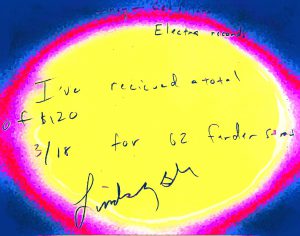
He offered to sell it to me within parameters that enabled me to actually pull it off:
- The price was low
- I could give him payments instead of all the money all at once.
- I take good care of it
Obviously, I was ecstatic for this opportunity. I had come into Valley Arts hoping to get a good education. I left with so much more. Lindsey had provided me not only the technique I needed to succeed, but the right tool for the job as well.
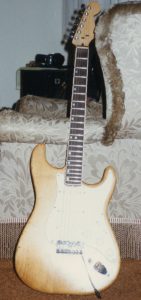
Could there have been more of a God-send at that moment in my career?!
I think not. Lindsey, I am forever a fan – YOU D’ MAN!!
So that’s how it happened – that’s how I took a really wonderful, solidly-built ’62 Fender Stratocaster off of Lindsey’s hands and it became my own.
Lindsey was obviously helping me out in a big way. I’m still inspired to think of his assistance, and to know that there are people like him in the world that, instead of taking advantage of those less fortunate, help us out sacrificially instead.
So not only did I now have a really quality axe, but I was playing one that had all the skilled vibes and “spirit” of a professional touring musician. Heck yea!!
It had a much different sound that I was used to. The only electric guitar I’d had up to that point was a cheap Les Paul knock-off, so tonally I was in a whole other world. A good world though!
Soon I was using the 5-way switch to dial up specific tones for different parts of songs and making the most of my new friend. I liked how it felt too. The curvature of the body in the back was really sweet – not at all like the flat, cut-into-your-ribs shape of the other guitars I’d played.
But how about those repairs?
Ninow, Not Later!
I showed my band my new (used) guitar and told ’em it needed some small repairs but would have to save up for the repairs. My drummer, Matt, immediately hooked me up with a colleague that he worked with at “James Tyler Guitars”: Robert Ninow.
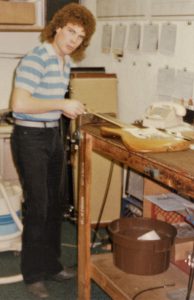
Robert was the bomb. Totally hip, laid-back, rockin’ cat who knew his stuff when it came to repairs, construction and evolutions of guitars. In fact, he’s still at it to this very day! Check out his website all about his guitar shop HERE.
He and I talked over what repairs were needed, but also he steered me into thinking about what kind of sound I wanted the guitar to provide. I hadn’t really thought of that before, so he opened my ears up to new potentials that started me down tonal paths I wouldn’t have been aware of otherwise.
Together we landed on the way to not only get the Strat in perfect working order, but also to upgrade it to a more “current” sound so I could be relevant to the music scene there at the time.
I was so stoked! Soon I would have a guitar that could bring forth a killer sound, totally on par with what was hot at the time, and still have money left over to buy my mac ‘n’ cheese dinners for the week. Wha-HOOO!!
Robert also helped me out, like Lindsey, by not charging me those high, industry-standard prices for the renovations, which I in no way could have afforded then. Kind souls. They are both such kind souls.
I saved up the money after the components were decided upon and soon after made the purchases. Then, one day after working at the Tyler shop all day, Robert was ready to fire up the ‘laboratory’ and make this singular “Teaj version” of a Frankenstrat. Here’s what we did…
“Give my Creature… LIFE!!”
The neck was a bit baseball bat-ish for my taste, so Robert replaced the original Fender neck with a Schecter neck. It felt much better to my hand, not so deep and beefy into my palm. I felt like I could slide around the neck faster with the Schecter.

Next we replaced the original Fender pickups, which I wasn’t that big a fan of, with the latest fad of the mid-80-‘s… the EMG pickups!!
Seems like, at the time, everybody was getting into these pups. We all knew Lukather from Toto was sporting them, along with his ENORMOUSLY expensive Bradshaw rig. I could only dream of his outboard gear, but at least I could approach his approach with the pickups!
These particular EMGs were the SA/SA/81 pickup set. The rail bridge pickup absolutely ROCKED. I loved that sound. What a great solo tone resounded when I pushed that switch down. BAM!!
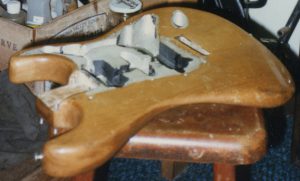
The other two single coils were quite usable as well, especially the neck position. I could still chicken pick or get all funky with the low frequencies cut for clarity anytime with these new transducers.
This totally new pickup set allowed me to be current and trendy (a la the sound that was all over the airwaves at the time) but, in combination with my Mesa Boogie amp, forge a unique tone all my own.
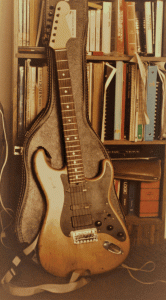
When it was finally put together, it looked so different, but still felt so right. The shape of it against me as I played was still the most comfortable I’d ever come across, but now the sound and look of it from the front was completely modernized, unconventional andtotally unique to me.
Radical!
I still remember how different it made, not just me, but our whole band sound. To say it took our sound up a few levels would not be an exaggeration. Those of you who have swapped out pickups before know what kind of a distinctive difference it can immediately make.
As I often tell my students, always buy the very best you can for the money. Spend the most you can afford. You will never be sorry if you work with a reputable dealer or seller. It makes a huge difference in the end product… and your own personal inspiration!
So, from 1987 onwards this Strat was my main axe. It served me faithfully and always provided the electric animus that put swanky, funky wind in my musical sails and let me solo with confidence and many, many a smile.
The Fateful Gig
Some moments in life have a certain bittersweet irony about them. We never know, going into something, if things will turn out like we planned, or really go south in some inconceivable fashion. Such was my experience one night in 1995, years after my Strat’s genesis…
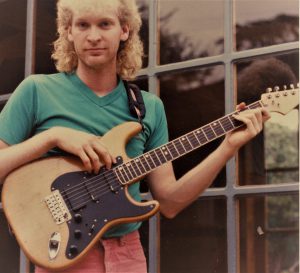
I had been playing with musical genius Steven Sayles for a couple years. At first it was just to put together his original compositions. We’d gone into the studio and cut quite a few of his stellar songs, and to this day it’s my only experience of recording in the studio totally LIVE, with no overdubs.
Fast forward a couple years. We were still working on his original music, but he had a good idea to make some money on the side: why don’t we do a series of concerts highlighting the hits of some of the biggest music pioneers of all time? Sounded good to me. I don’t mind showing my influences and celebrating them.
We booked a local restaurant that had a high-end clientele and that were amenable to live music. Steven had played there as a solo act many times. It was called “Bickerson’s” and had a great reputation as a top-notch place to get a great meal and be entertained.
We started with a Beatles Tribute Night. Because… you know… it’s the Beatles, for heaven’s sake!
Sold out!
We did a follow-up return engagement Beatles Night.
Sold out!
We could’ve kept riding that Beatles horse, but that just wasn’t our style. We had too eclectic tastes. So, next, we decided to do a Billy Joel Tribute Night. Yea, baby!! Now that’s some more great music!!
The summer nights were booked, we practiced hard, and even brought a sax player in on some of the hits to round out the sound.
Things were lookin’ good – the nights were already selling out weeks before. Our vocals were gellin’ great. The grooves were there, thanks to MAH-vellous Marvin Rieli on the drums. This was gonna be GREAT!!!

The nights came and we delivered the goods. Those Friday and Saturday concerts were unforgettably cool – though outside the summer nights were quite warm! Inside, we gave everything we had and left it on the dance floor – mostly because of our lifelong passion for this material. We were doing our favorite songs from an artist we all held in high esteem. Thanks, Billy!
My voice, and my Strat, both served me well those nights, all the way through to eleven o’clock Saturday, when we gave our final bows to the crowd. We definitely knew we’d be back here again. This venue kicked butt for us.
Tearing down our equipment, I had no idea what was coming. I was about to learn a lesson I was never to forget,… that came at quite a price.
Never, ever… EVER… Do This
After the last concert, we shmoozed with the audience members who were quick to wish us well and talk with us. I always enjoy that, although sometimes you feel like you’re talking less with a human and more with a BOTTLE, if you know what I mean. lol
Finally the last patrons left. It was after midnight and the restaurant staff were doing the close-up clean-ups. Looking at the large amount of gear we had, it was a bummer of a proposition to think of hauling it all then as opposed to waiting ’til tomorrow.

Steven asked the manager if we could just store our things in a back room until the morning when we’d come by with a trailer to get it all. The manager had no problem with that, so we schlepped it all into the back room and went home very tired, but very satisfied with how everything turned out.
That satisfaction was short-lived.
The next morning, my Strat was gone. No one knew how. No one knew why. No clues. No witnesses. It was simply gone. Everything else was still there, but my good friend had been taken from me.
The manager apologized profusely but what was done was done. At that time, businesses weren’t so “video-feed-frenzied” so there were no cameras to document who had sneaked in to do the dirty deed. I was outta luck.
I had another electric, so that became my go-to axe for the other Tribute Nights coming up, but… none of them after that really pumped me up much. It was too weird and dispiriting to play again in the place where my trust had been violated and my best instrument swiped.
Lesson learned? Don’t EVER, EVER, EVER, EVER, EVER, (etc., ad infinitum…) leave your axe anywhere but in your hands and in your home. No matter how “safe” someone says it’ll be. It’s not. Let caution be your guide and this story be your impetus… keep your gear with you. It’s the only sure way not to lose a precious part of your musical heritage.
Life Post-Strat
I hate to end articles on a downer note, so let me say, as always here on SeriousGas.com, that our love and appreciation for the instruments that help us carve out our signature sounds goes on and on… into the future, but also back into our past. Axes like my ’62 Strat help create musical paths that lead to greater successes, and further inspirations. Its voice and tonal influence will never be forgotten; they were touchstones for progress and creative motivation.
It goes without saying that I really miss my Strat. If any of you see it, obviously let me know. Who knows in what part of the world it is now. I can only hope it’s being treated with the love, care and friendship that I put into it, and that it’s still singing forth its sweet, sweet music somewhere to adoring fans.
Since that time, thank God, I’ve never lost any other piece of gear to theft. And as I look around at so many diverse ways to produce the music we love, and that loves us back, I rest in nothing but gratitude. Let this be my last word on my beloved Strat: “Thanks, bud. May I hear your voice again one day.”
Got any instruments that are dear to your heart? Ever had an axe or some gear stolen? Did any mods ever take your instrument to the next level?? Tell us in the comments. We’d like to hear your story too.
It’s always helpful to commiserate on losses or loves together, right? 😉
Now, go… make… sounds!!
Teaj

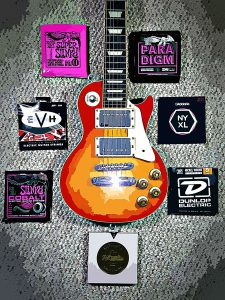
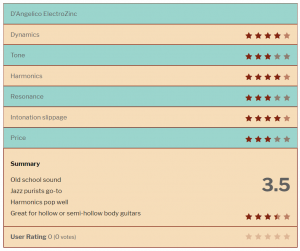
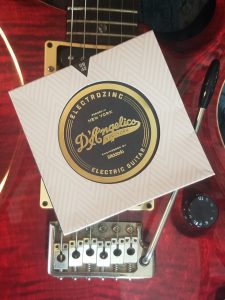
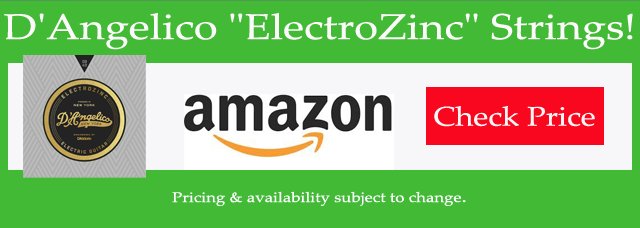
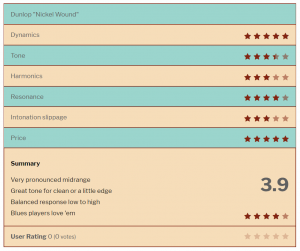
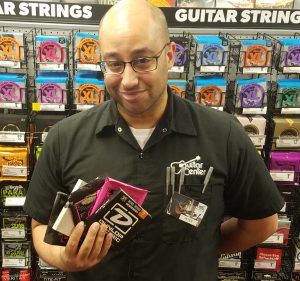
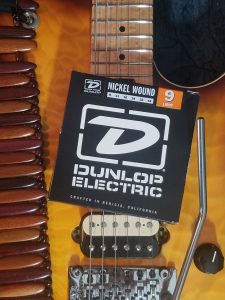
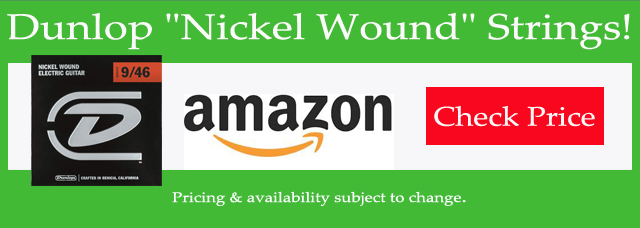
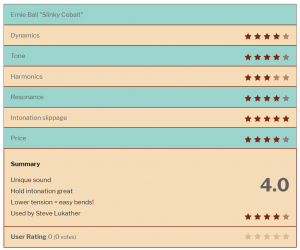
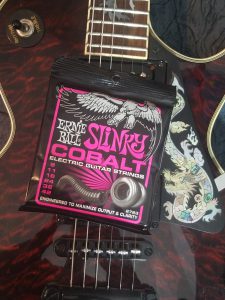
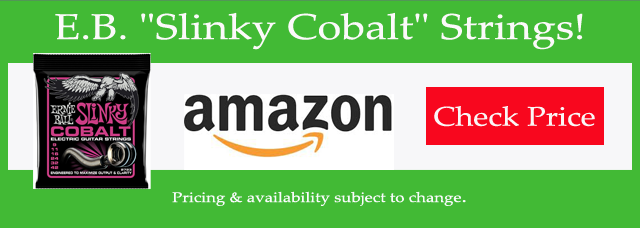
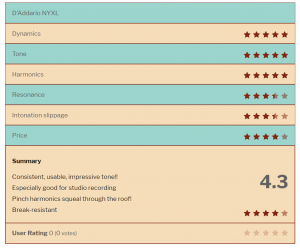
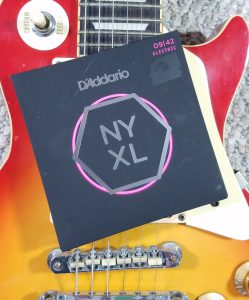
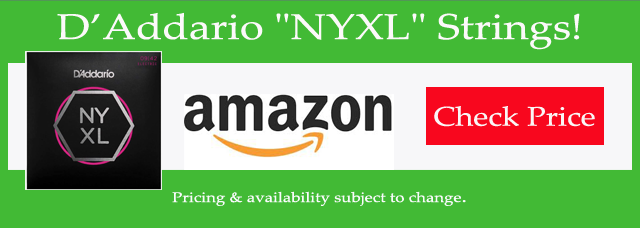
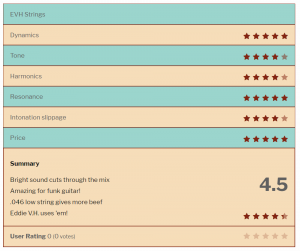
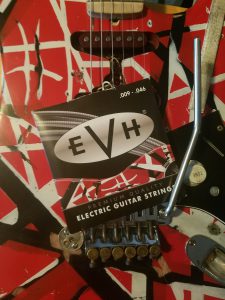

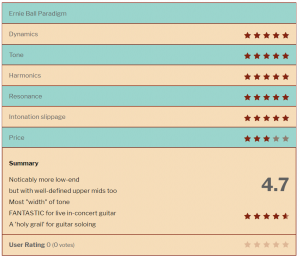
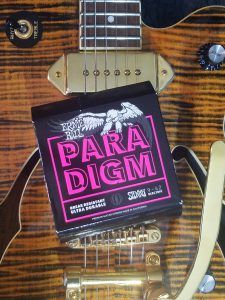
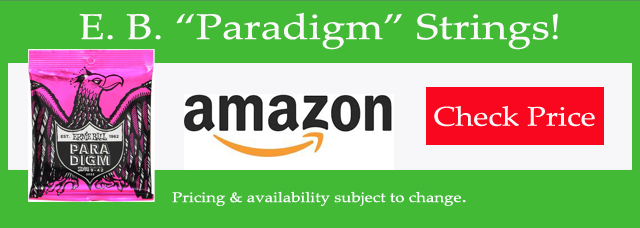
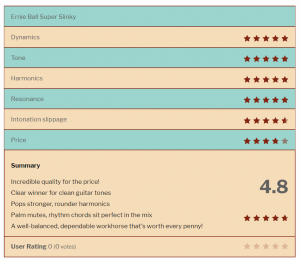
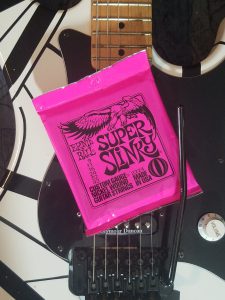
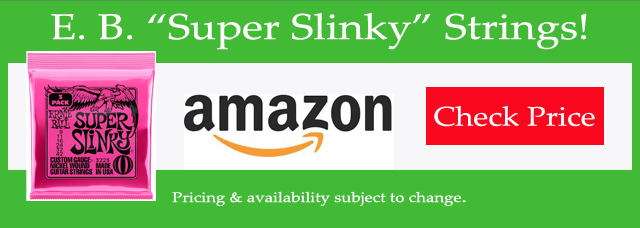




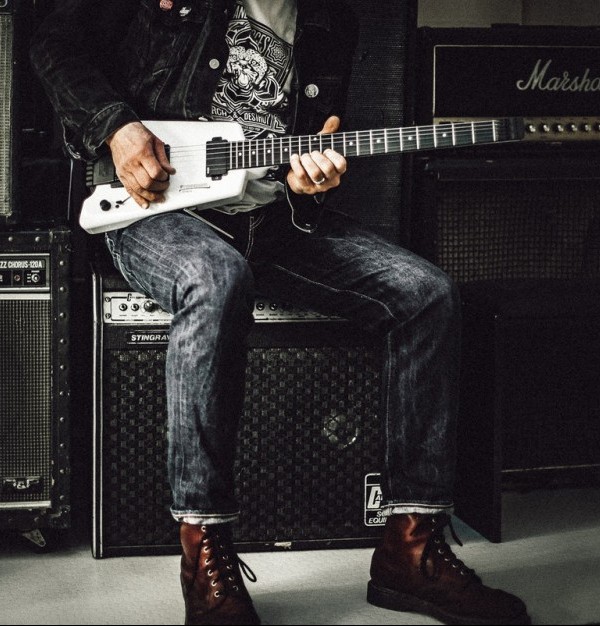

 options we now have to sift through:
options we now have to sift through: Generally speaking, the thinner the head, the more sustain, overtones, and projection you will hear as a result of each strike.
Generally speaking, the thinner the head, the more sustain, overtones, and projection you will hear as a result of each strike. Why would you want that thick of a head? Mostly, because triple-ply heads keep HEAVY HITTERS from breaking through their skins all the time. If you’re a Neanderthal on the kit and find yourself going to through heads too much, try a triple-ply. Probably you’re gonna find your problem solved. A triple-ply also has very little overtones, so if you don’t like ringing, you’ll probably love the dry attack and limited sustain it offers.
Why would you want that thick of a head? Mostly, because triple-ply heads keep HEAVY HITTERS from breaking through their skins all the time. If you’re a Neanderthal on the kit and find yourself going to through heads too much, try a triple-ply. Probably you’re gonna find your problem solved. A triple-ply also has very little overtones, so if you don’t like ringing, you’ll probably love the dry attack and limited sustain it offers.

 Don’t like the standard white colored heads? No problem; buy black. Or blue. Other colors are available.
Don’t like the standard white colored heads? No problem; buy black. Or blue. Other colors are available.